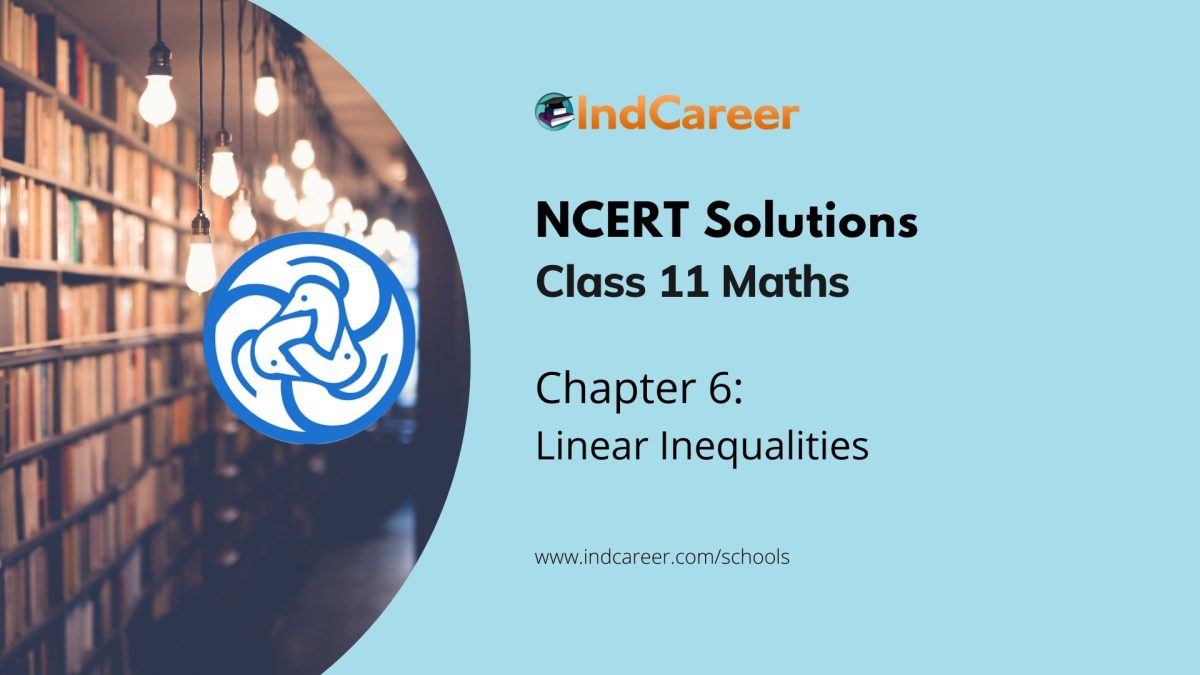Class 11: Maths Chapter 6 solutions. Complete Class 11 Maths Chapter 6 Notes.
Contents
NCERT Solutions for 11th Class Maths: Chapter 6-Linear Inequalities
NCERT 11th Maths Chapter 6, class 11 Maths Chapter 6 solutions
Exercise 6.1
Question 1:

Ans:
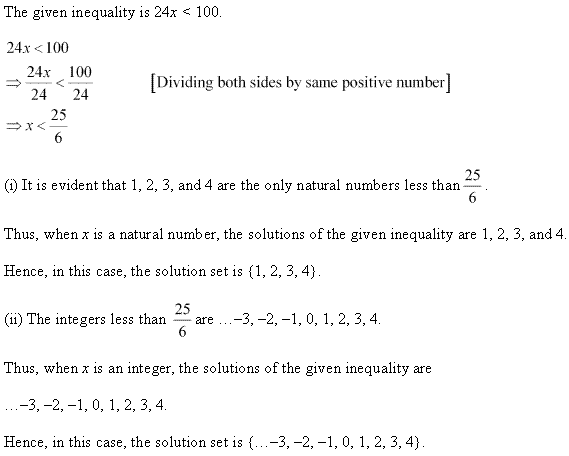
Question 2:

Ans:
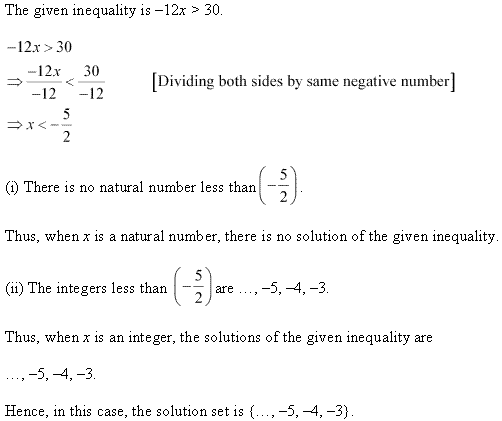
Question 3:

Ans:

Question 4:

Ans:
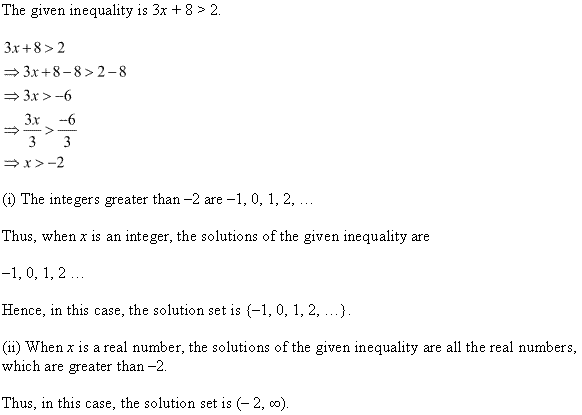
Question 5:

Ans:
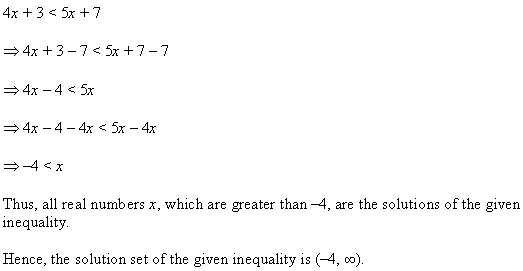
Question 6:

Ans:
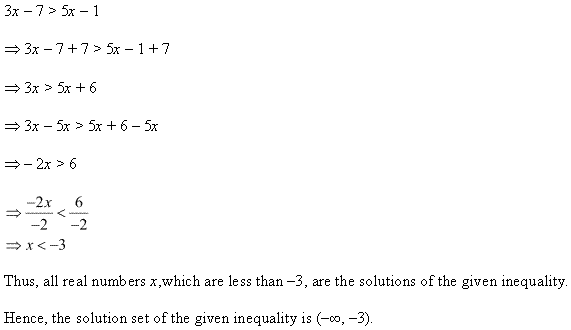
Question 7:

Ans:
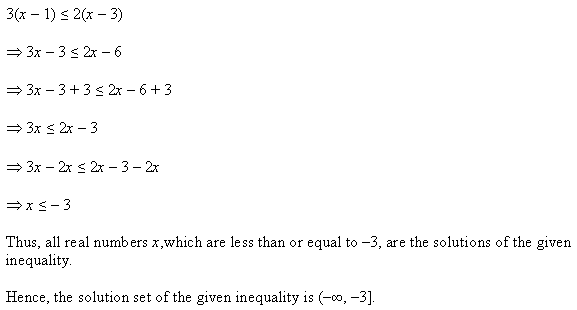
Question 8:

Ans:
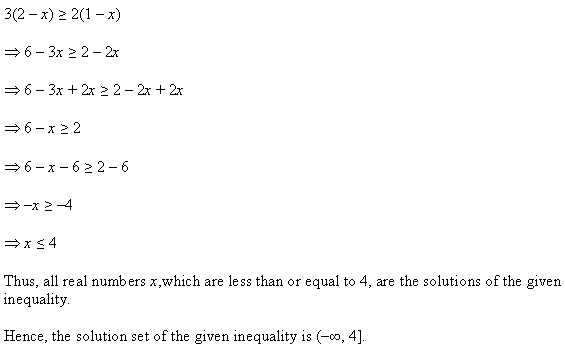
Question 9:

Ans:
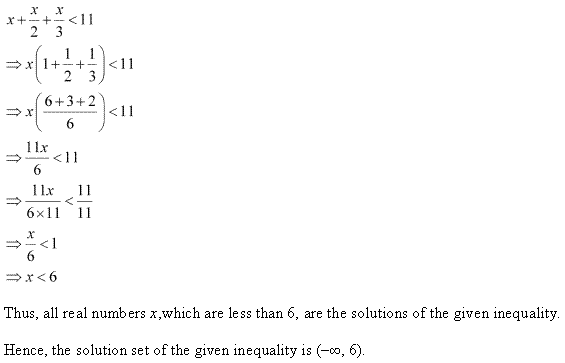
Question 10:

Ans:
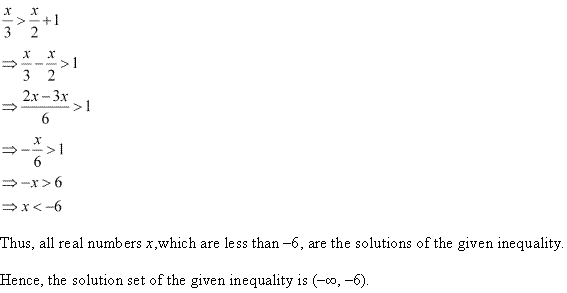
Question 11:

Ans:

Question 12:

Ans:
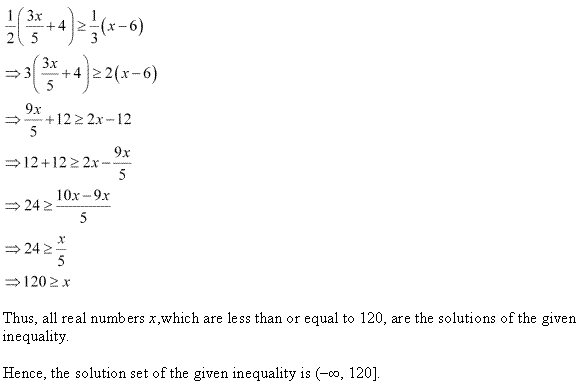
Question 13:

Ans:
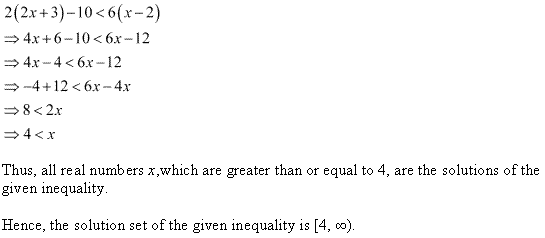
Question 14:

Ans:
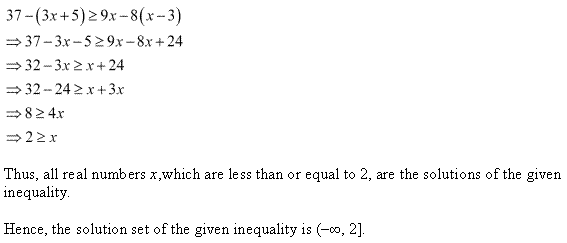
Question 15:

Ans:
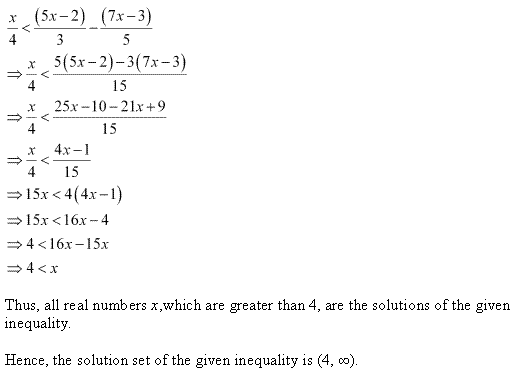
Question 16:

Ans:
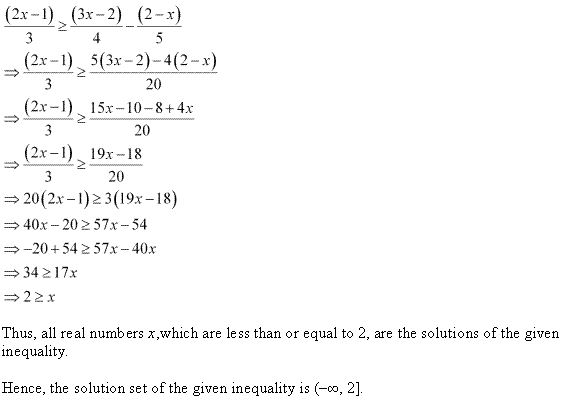
Question 17:

Ans:
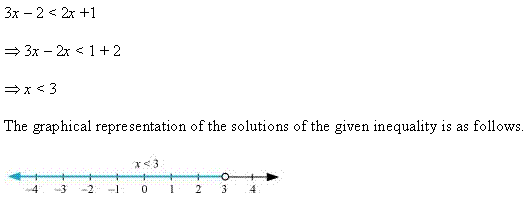
Question 18:

Ans:
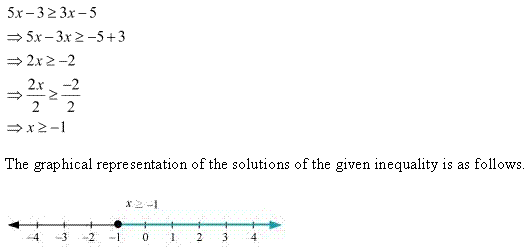
Question 19:

Ans:

Question 20:

Ans:

Question 21:

Ans:
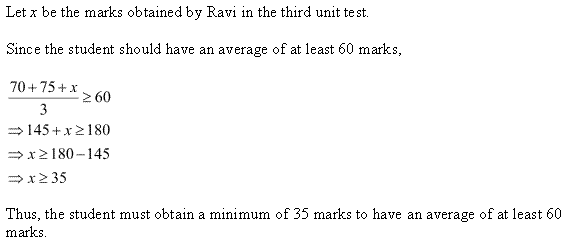
Question 22:

Ans:

Question 23:

Ans:
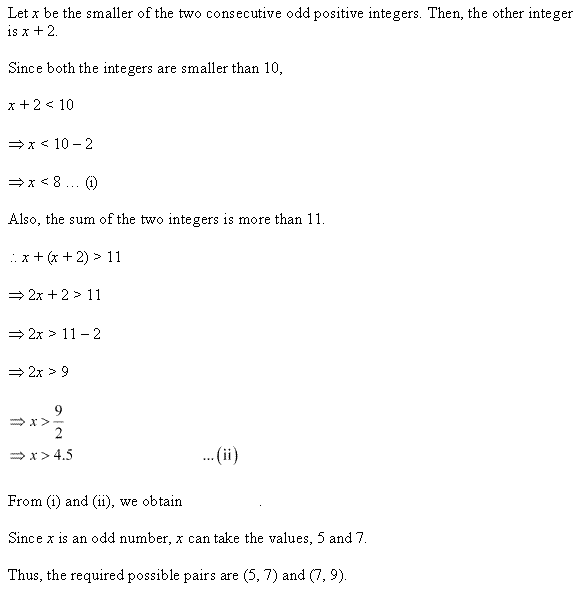
Question 24:

Ans:
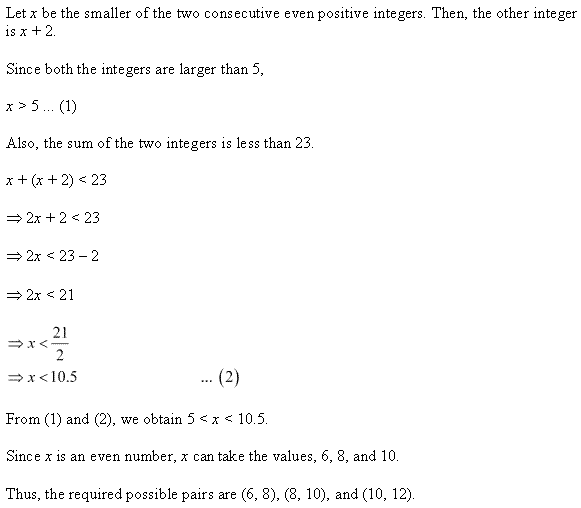
Question 25:

Ans:
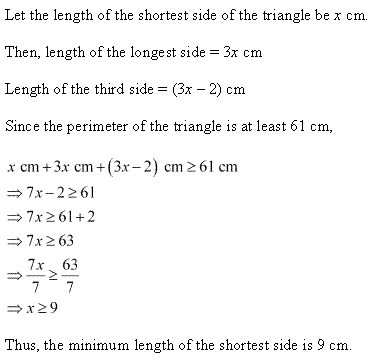
Question 26:

Ans:
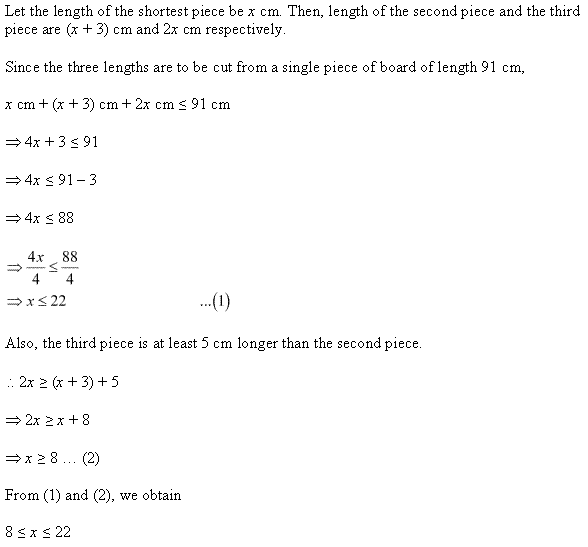
Exercise 6.2
Question 1:

Ans:

Question 2:

Ans:
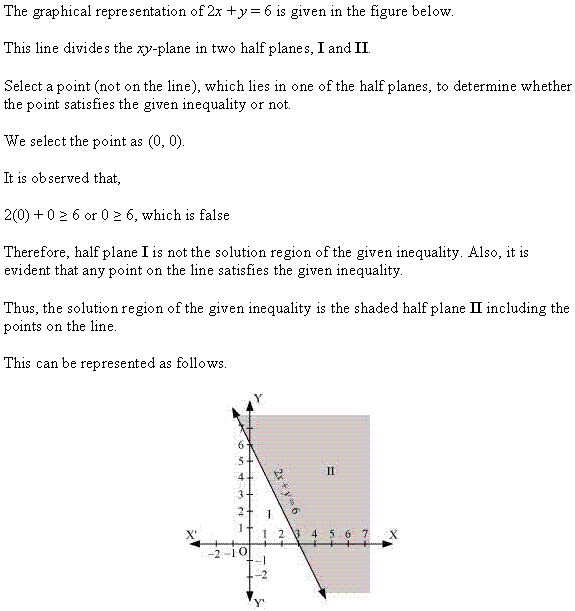
Question 3:

Ans:
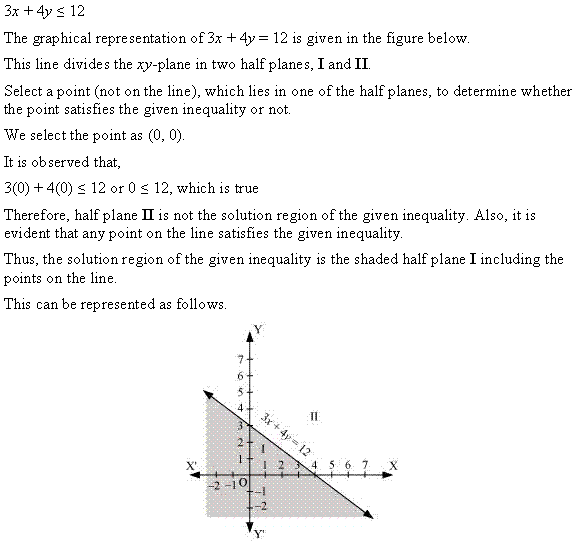
Question 4:

Ans:
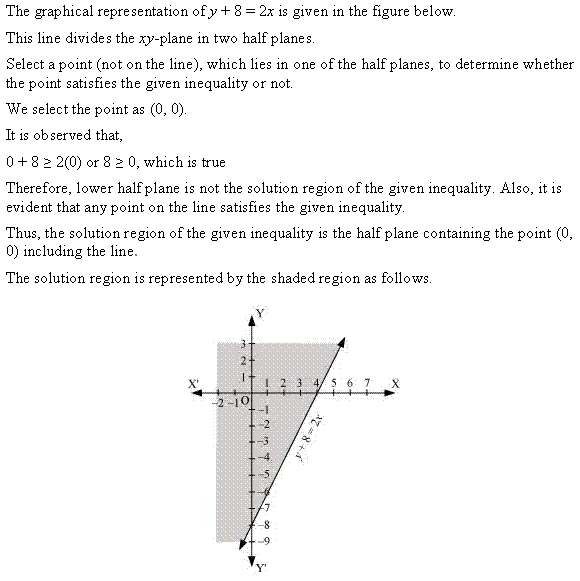
Question 5:

Ans:
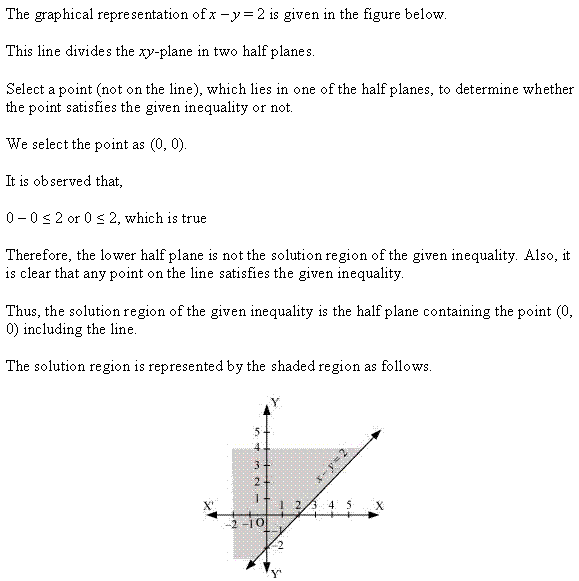
Question 6:

Ans:
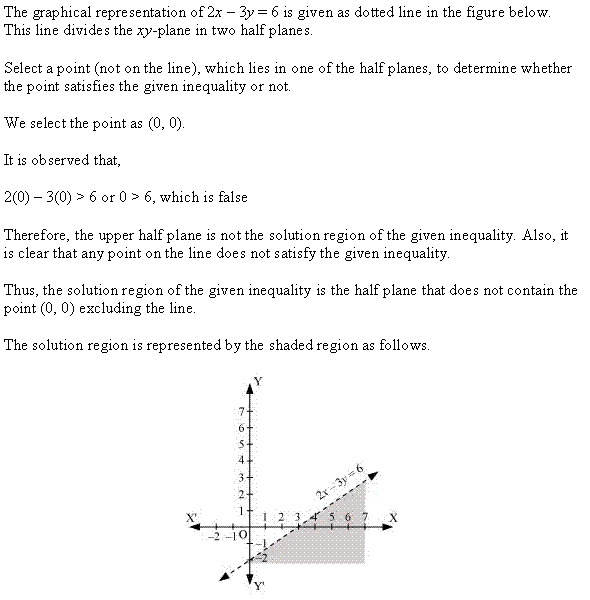
Question 7:

Ans:
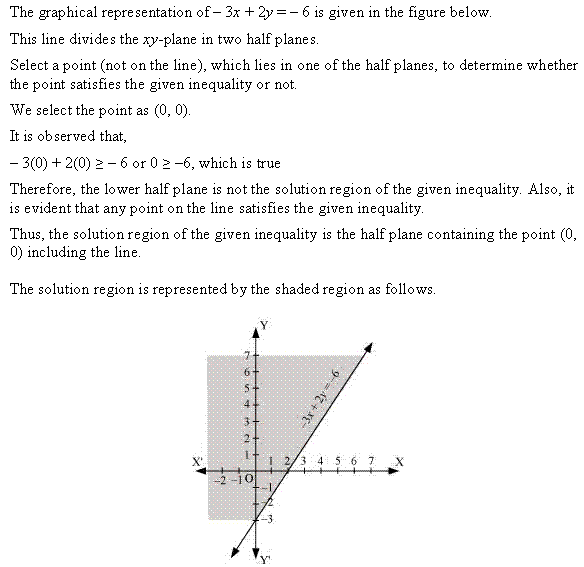
Question 8:

Ans:
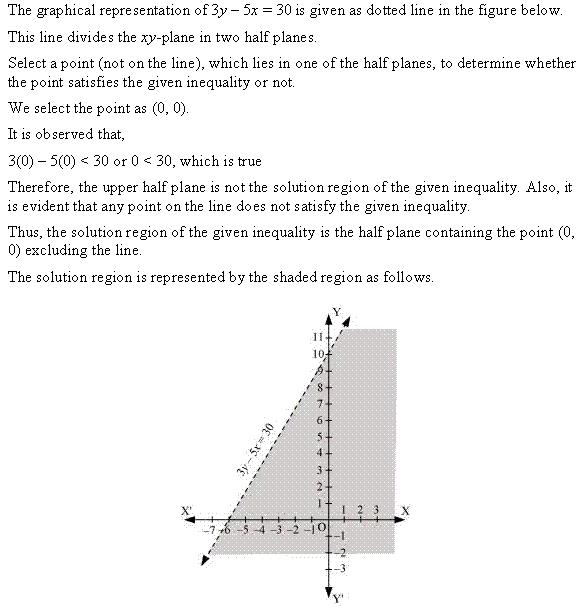
Question 9:

Ans:

Question 10:

Ans:
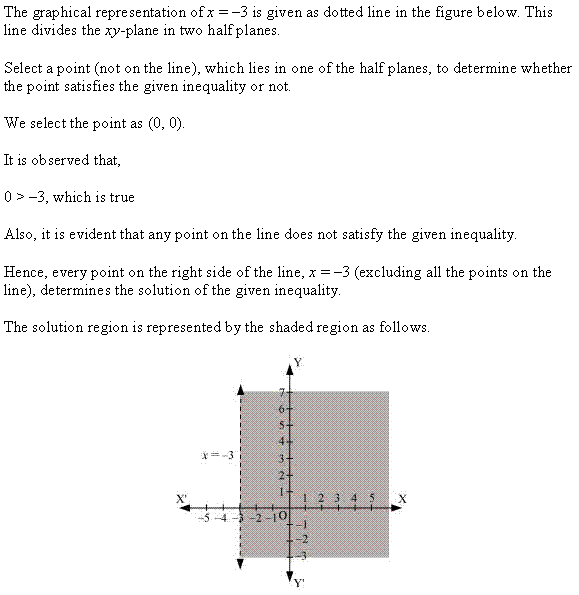
Exercise 6.3
Question 1:

Ans:
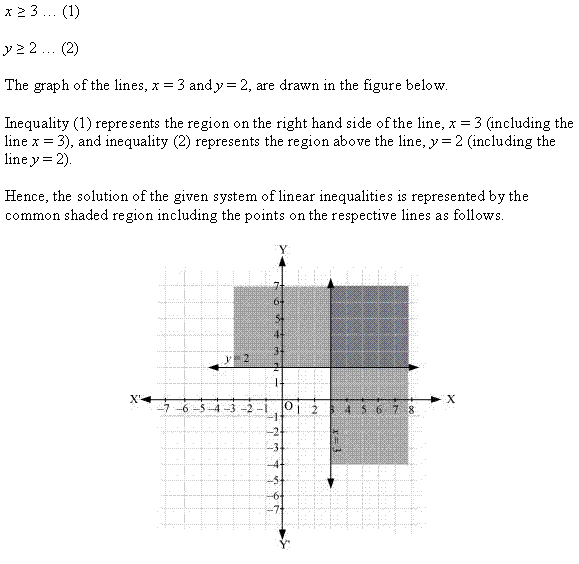
Question 2:

Ans:
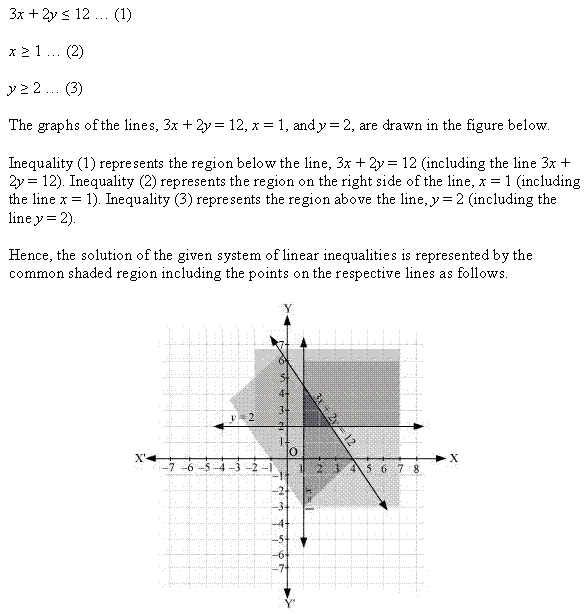
Question 3:

Ans:
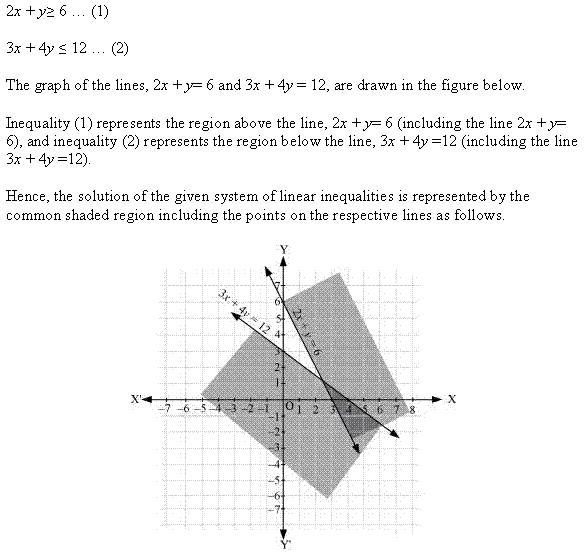
Question 4:

Ans:
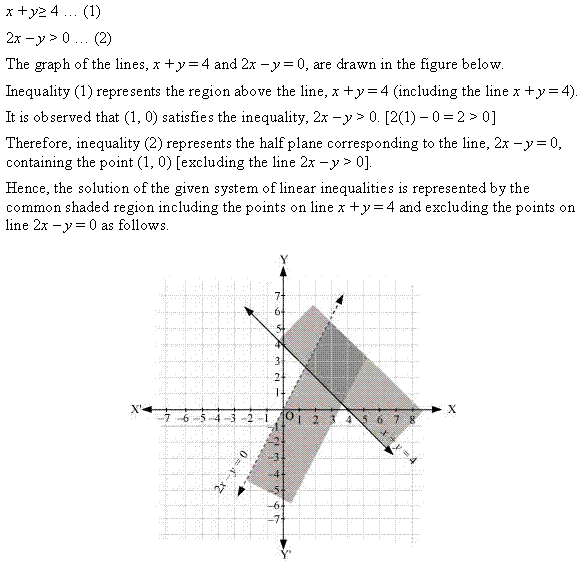
Question 5:

Ans:
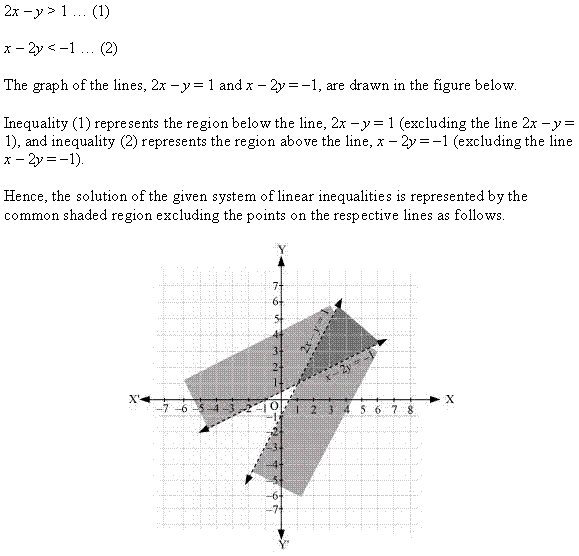
Question 6:

Ans:
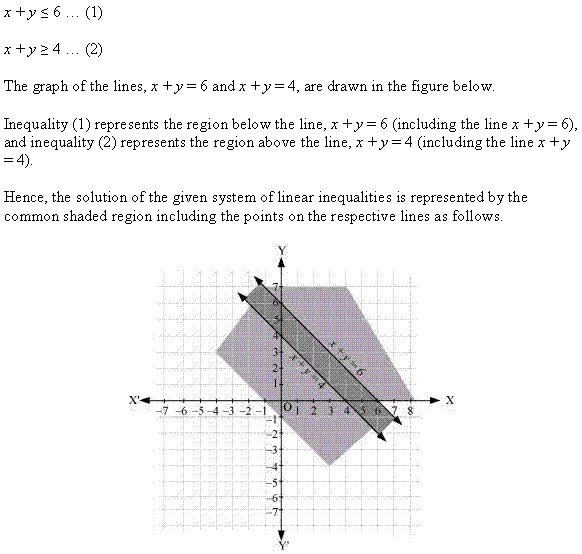
Question 7:

Ans:
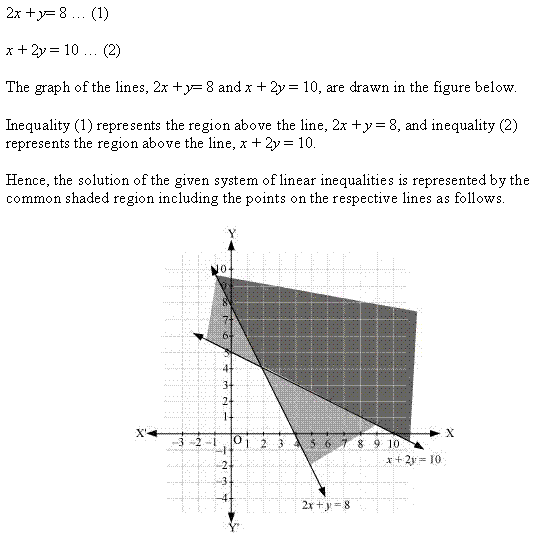
Question 8:

Ans:
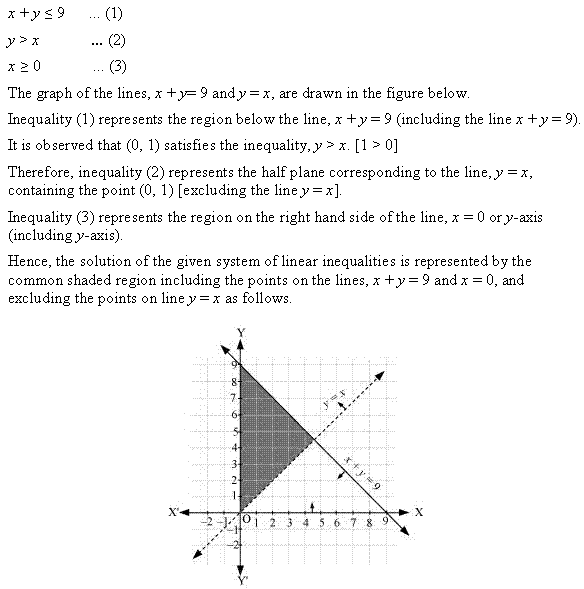
Question 9:

Ans:
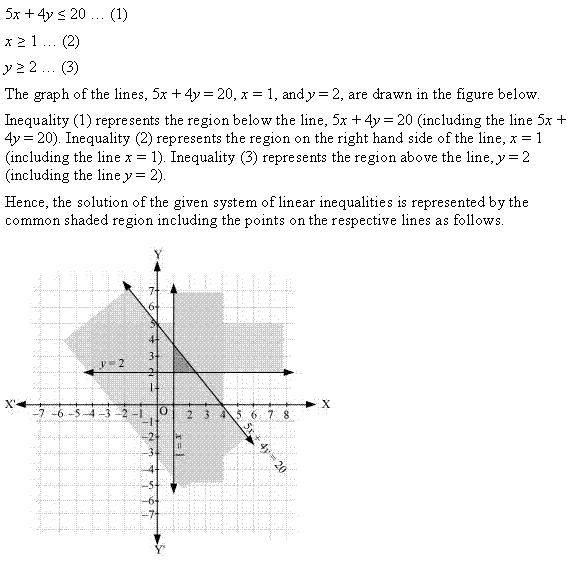
Question 10:

Ans:
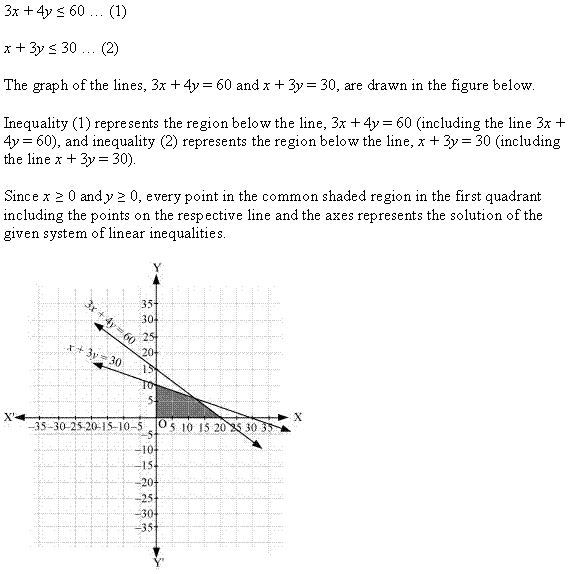
Question 11:

Ans:
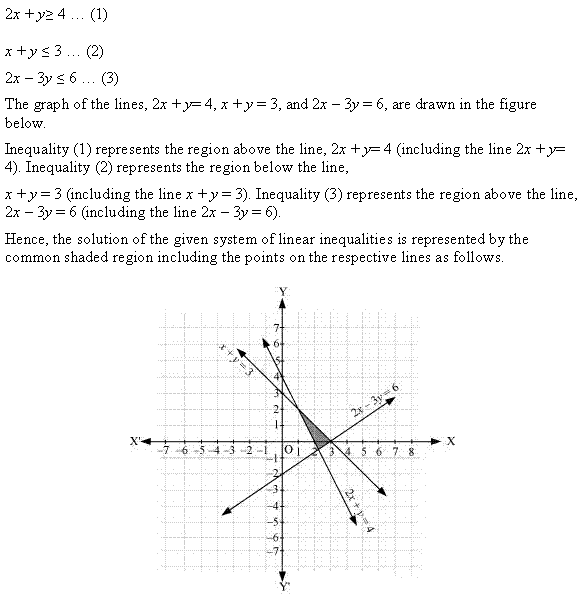
Question 12:

Ans:
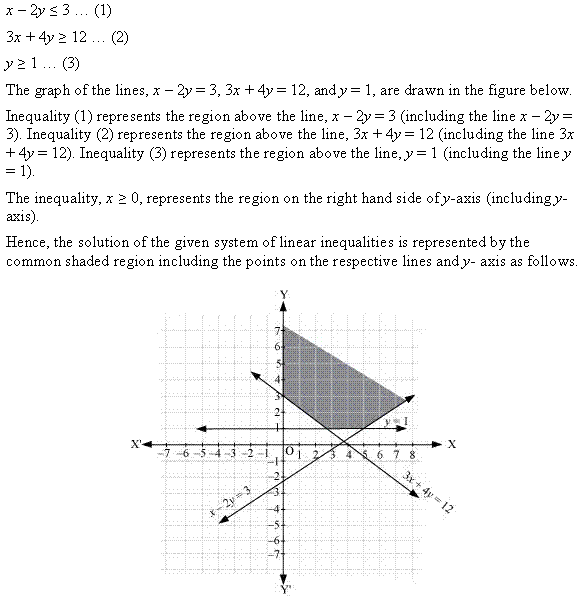
Question 13:

Ans:
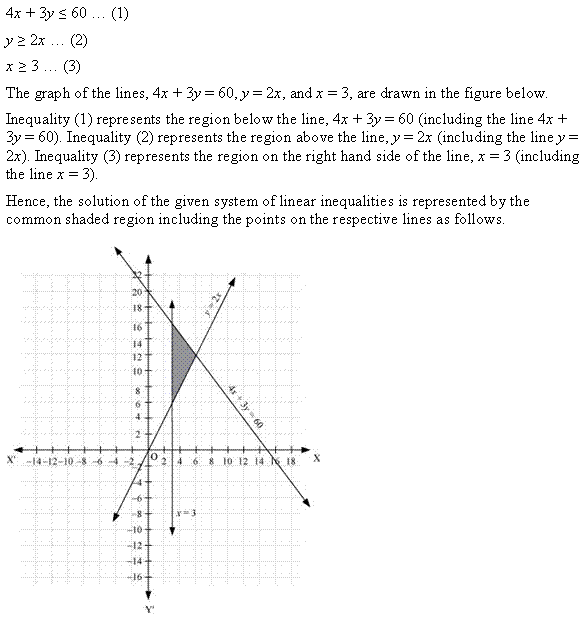
Question 14:

Ans:
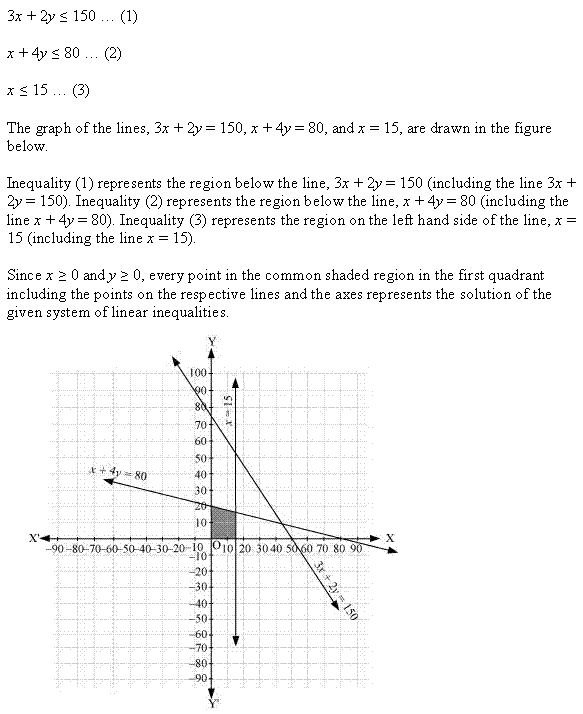
Question 15:

Ans:
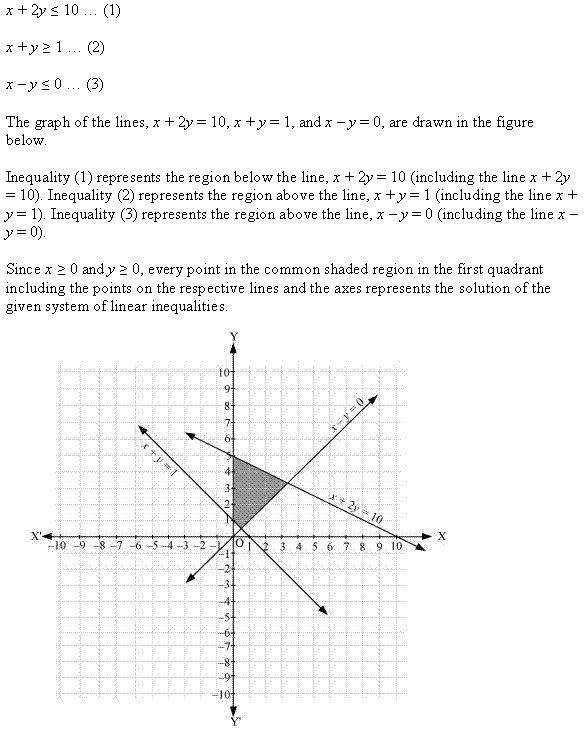
NCERT 11th Maths Chapter 6, class 11 Maths Chapter 6 solutions
NCERT Solutions for 11th Class Maths: Chapter 6: Download PDF
NCERT Solutions for 11th Class Maths: Chapter 6-Linear Inequalities
Download PDF: NCERT Solutions for 11th Class Maths: Chapter 6-Linear Inequalities PDF
Chapterwise NCERT Solutions for Class 11 Maths :
- Chapter 1-Sets
- Chapter 2-Relations and Functions
- Chapter 3-Trigonometric Functions
- Chapter 4-Principle of Mathematical Induction
- Chapter 5-Complex Numbers and Quadratic Equations
- Chapter 6-Linear Inequalities
- Chapter 7-Permutation and Combinations
- Chapter 8-Binomial Theorem
- Chapter 9-Sequences and Series
- Chapter 10-Straight Lines
- Chapter 11-Conic Sections
- Chapter 12-Introduction to three Dimensional Geometry
- Chapter 13-Limits and Derivatives
- Chapter 14-Mathematical Reasoning
- Chapter 15-Statistics
- Chapter 16-Probability
About NCERT
The National Council of Educational Research and Training is an autonomous organization of the Government of India which was established in 1961 as a literary, scientific, and charitable Society under the Societies Registration Act. The major objectives of NCERT and its constituent units are to: undertake, promote and coordinate research in areas related to school education; prepare and publish model textbooks, supplementary material, newsletters, journals and develop educational kits, multimedia digital materials, etc
Organise pre-service and in-service training of teachers; develop and disseminate innovative educational techniques and practices;collaborate and network with state educational departments, universities, NGOs and other educational institutions; act as a clearing house for ideas and information in matters related to school education; and act as a nodal agency for achieving the goals of Universalisation of Elementary Education.
The National Council of Educational Research and Training is an autonomous organization of the Government of India which was established in 1961 as a literary, scientific, and charitable Society under the Societies Registration Act. Its headquarters are located at Sri Aurbindo Marg in New Delhi. Visit the Official NCERT website to learn more.
